Ever flipped through a magazine, page by page?
Or watched raindrops scatter lightly on the window?
That’s when you hear “para para” — a sound of light, scattered movement.
Whether it’s rain, paper, or even fried rice, para para captures that crisp, airy rhythm.
Before we dive in, hear what it sounds like!
What is “Para Para” (ぱらぱら)?
“Para para” describes light, scattered, or repeated small movements.
It’s often used when many small things fall or move separately — softly, without weight.
Used for:
- Light rain falling
- Pages flipping in a book
- Grains of rice scattering in a pan
Nuance:
Airy, delicate, and rhythmic — para para gives a sense of gentle motion.
Pronunciation
pah-rah pah-rah
(Say it quickly and lightly — like tapping fingertips on paper.)
Categories
Sound / Condition
What Does “Para Para” Look Like?
Like paper leaves fluttering in the wind.
Like raindrops dancing across the surface.
Like grains jumping in a hot frying pan.

Examples in Daily Life
Example 1: Light rain
Raindrops began to fall,
softly scattering on the roof —
para para…
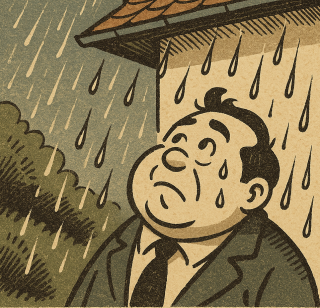
Example 2: Fried rice
He stirred the pan quickly —
each grain separate and fragrant,
para para!
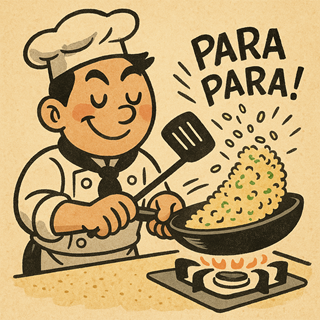
Cultural Note
In English, you might say:
“pitter-patter,” “flutter,” or “scatter lightly.”
But para para carries a Japanese sense of subtle rhythm —
not just the sound, but the feeling of even, airy motion.
Watch & Feel the “Para Para” World!
Feel the Para Para — the light, the unhurried pace
Sometimes it’s peaceful. Sometimes it’s rhythmical.
Try Using It!
When rain starts to fall — say para para.
When flipping pages fast — say para para.
When your fried rice is perfectly separated — say it proudly: Para para!

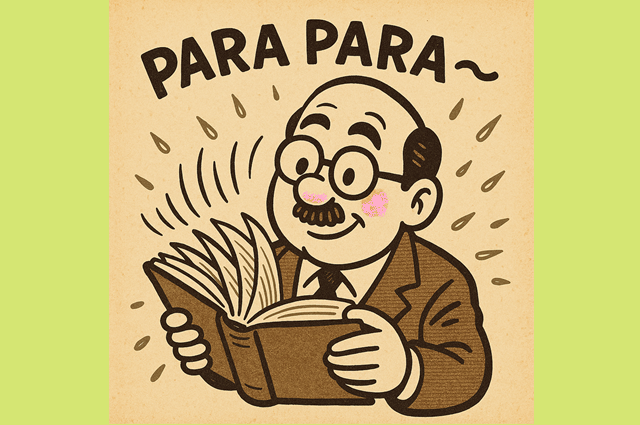
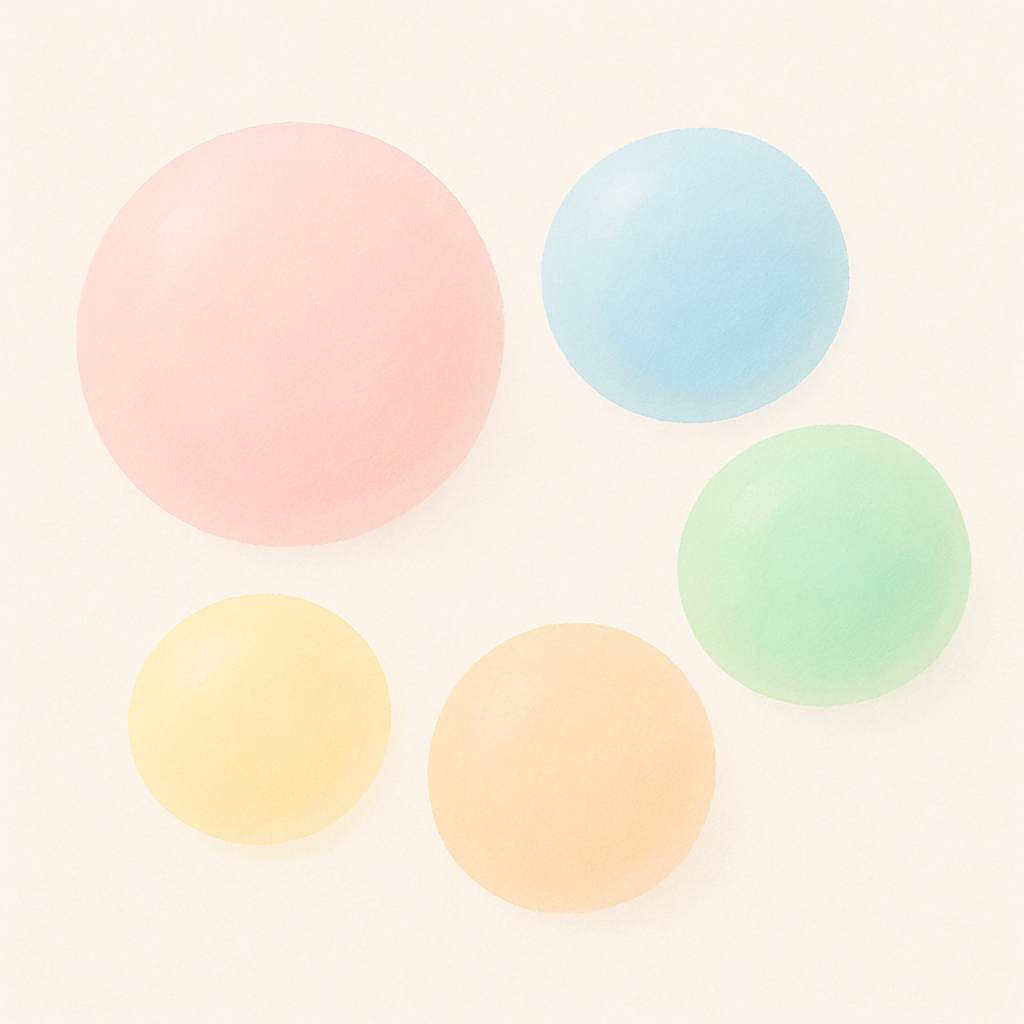

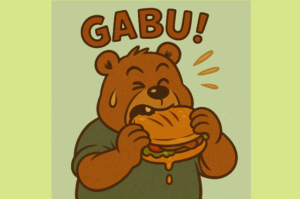
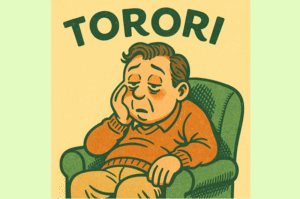
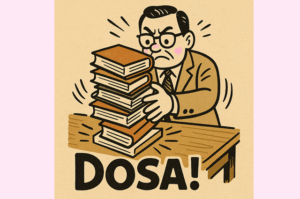
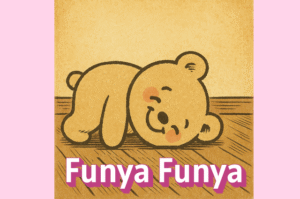
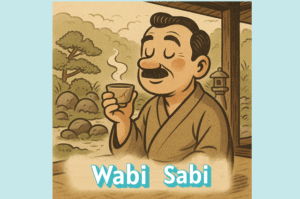
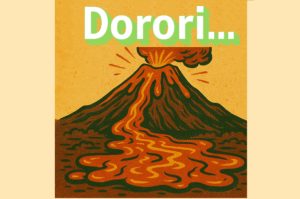
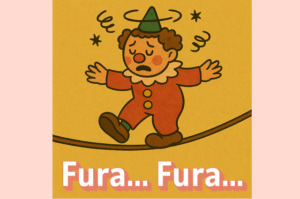
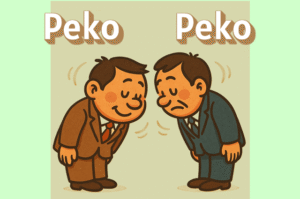
Comments